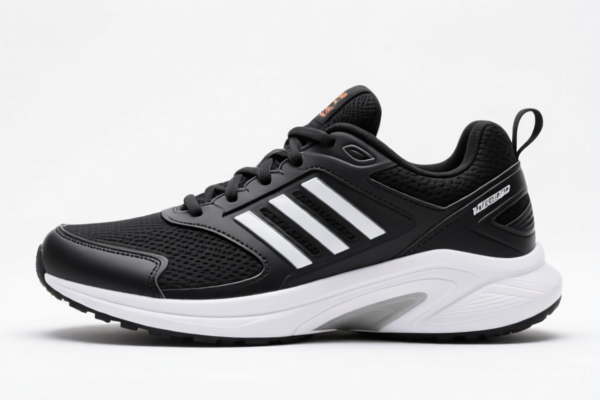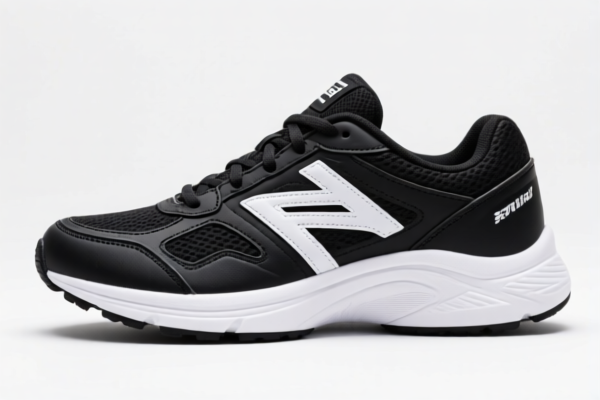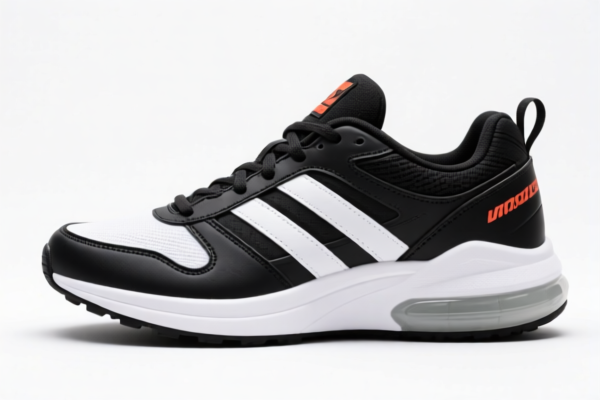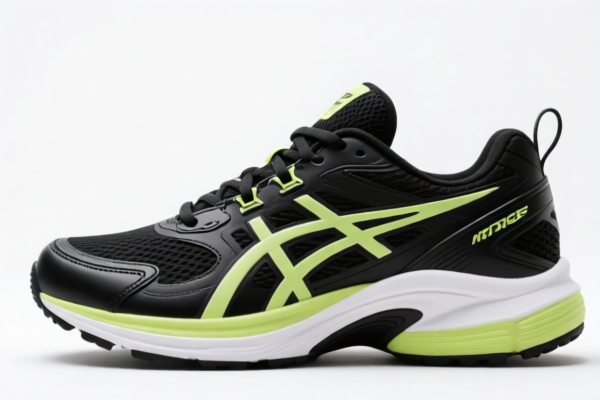| HS Code | Official Doc | Tariff Rate | Origin | Destination | Effective Date |
|---|---|---|---|---|---|
| 6403403030 | Doc | 35.0% | CN | US | 2025-05-12 |
| 6403999031 | Doc | 40.0% | CN | US | 2025-05-12 |
| 6404112030 | Doc | 40.5% | CN | US | 2025-05-12 |
| 6404112060 | Doc | 40.5% | CN | US | 2025-05-12 |
| 3926201010 | Doc | 30.0% | CN | US | 2025-05-12 |




Lifting Shoes
Lifting shoes, also known as weightlifting shoes, are a specialized type of footwear designed to enhance performance and stability during weightlifting exercises, particularly those involving heavy loads. They differ significantly from standard athletic shoes in their construction and purpose.
Material
- Upper: Typically constructed from leather (often full-grain or synthetic leather) for durability and a secure fit. Leather provides minimal stretch, crucial for maintaining foot stability under pressure. Mesh sections may be incorporated for breathability.
- Midsole: Features a hard, non-compressible material (often a combination of plastic or carbon fiber) rather than the cushioning found in running or training shoes. This rigidity is essential for force transfer.
- Outsole: Made from rubber for grip and durability. The outsole often features a minimal tread pattern, prioritizing a stable connection with the lifting platform.
- Heel: A defining characteristic, the heel is elevated, typically ranging from 0.5 to 2 inches (1.3 to 5 cm) in height. It's usually made of a hard, dense material like TPU or a composite.
Purpose
The primary purpose of lifting shoes is to improve biomechanics and stability during exercises such as:
- Squats: The elevated heel allows for greater ankle mobility and a more upright torso, facilitating deeper squats with a heavier load and reduced stress on the lower back.
- Olympic Weightlifting (Snatch & Clean & Jerk): The hard sole and elevated heel provide a stable base for receiving the weight, improving technique and power transfer.
- Front Squats: Similar benefits as back squats, promoting an upright posture and deeper range of motion.
- Thrusters: Enhance stability and power output during this dynamic movement.
Function
- Ankle Mobility: The elevated heel compensates for limited ankle dorsiflexion, allowing lifters to achieve a greater depth in their squats without compromising form.
- Force Transfer: The rigid sole minimizes energy loss during the lift, enabling more efficient transfer of power from the legs to the barbell.
- Stability: The secure fit and stable base prevent foot movement, enhancing overall balance and control during heavy lifts.
- Upright Posture: The heel encourages a more upright torso, reducing strain on the lower back and promoting proper lifting mechanics.
Usage Scenarios
- Weightlifting Gyms: The primary environment for lifting shoe use.
- CrossFit Boxes: Frequently used during weightlifting portions of workouts.
- Powerlifting Competitions: Essential footwear for competitive powerlifters.
- Strength and Conditioning Facilities: Used for athletes requiring enhanced lifting performance.
Common Types
- Competition Shoes: Designed for Olympic weightlifting, featuring a more aggressive heel height and a snug, secure fit. Often have a forefoot strap for added stability.
- Training Shoes: More versatile, offering a lower heel height and a more comfortable fit for general weightlifting and training.
- Powerlifting Shoes: Feature a very stable, flat sole and a lower heel height optimized for squats, bench press, and deadlifts.
- Hybrid Shoes: Combine features of both training and competition shoes, offering a balance of stability and comfort.
Lifting shoes are footwear designed to provide stability and support during weightlifting exercises. They typically feature a raised heel and a solid, inflexible sole to optimize form and prevent injury.
The following HS codes are relevant based on the provided reference material:
- 6403403030: Footwear with outer soles of rubber, plastics, leather or composition leather and uppers of leather: Other footwear, incorporating a protective metal toe-cap: Welt footwear With pigskin uppers. This code applies to leather footwear with a metal toe-cap, potentially suitable if the lifting shoes are constructed with leather uppers and include a protective metal toe. The base tariff is 5.0%, with no additional tariff, but a 30% additional tariff applies after April 2, 2025, resulting in a total tariff of 35.0%.
- 6403999031: Footwear with outer soles of rubber, plastics, leather or composition leather and uppers of leather: Other footwear: Other: Other: Other: Other: For other persons: Valued over $2.50/pair Other: Tennis shoes, basketball shoes, and the like, for women: Other. This code covers other leather footwear, including tennis or basketball shoe styles for women valued over $2.50 per pair. The base tariff is 10.0%, with no additional tariff, but a 30% additional tariff applies after April 2, 2025, resulting in a total tariff of 40.0%.
- 6404112030: Footwear with outer soles of rubber, plastics, leather or composition leather and uppers of textile materials: Footwear with outer soles of rubber or plastics: Sports footwear; tennis shoes, basketball shoes, gym shoes, training shoes and the like: Having uppers of which over 50 percent of the external surface area (including any leather accessories or reinforcements such as those mentioned in note 4(a) to this chapter) is leather For men. This code applies to sports footwear (which lifting shoes could be categorized as) with rubber or plastic soles and leather uppers (over 50% of the external surface area). The base tariff is 10.5%, with no additional tariff, but a 30% additional tariff applies after April 2, 2025, resulting in a total tariff of 40.5%.
- 6404112060: Footwear with outer soles of rubber, plastics, leather or composition leather and uppers of textile materials: Footwear with outer soles of rubber or plastics: Sports footwear; tennis shoes, basketball shoes, gym shoes, training shoes and the like: Having uppers of which over 50 percent of the external surface area (including any leather accessories or reinforcements such as those mentioned in note 4(a) to this chapter) is leather For women. This code applies to sports footwear (which lifting shoes could be categorized as) with rubber or plastic soles and leather uppers (over 50% of the external surface area) for women. The base tariff is 10.5%, with no additional tariff, but a 30% additional tariff applies after April 2, 2025, resulting in a total tariff of 40.5%.
It is important to determine the materials used in the construction of the lifting shoes (leather vs. textile uppers) and whether they incorporate a protective metal toe-cap to select the correct HS code. Note that tariffs are subject to change, and the additional tariff of 30% will be applied after April 2, 2025, for the codes listed above.
Customer Reviews
No reviews yet.